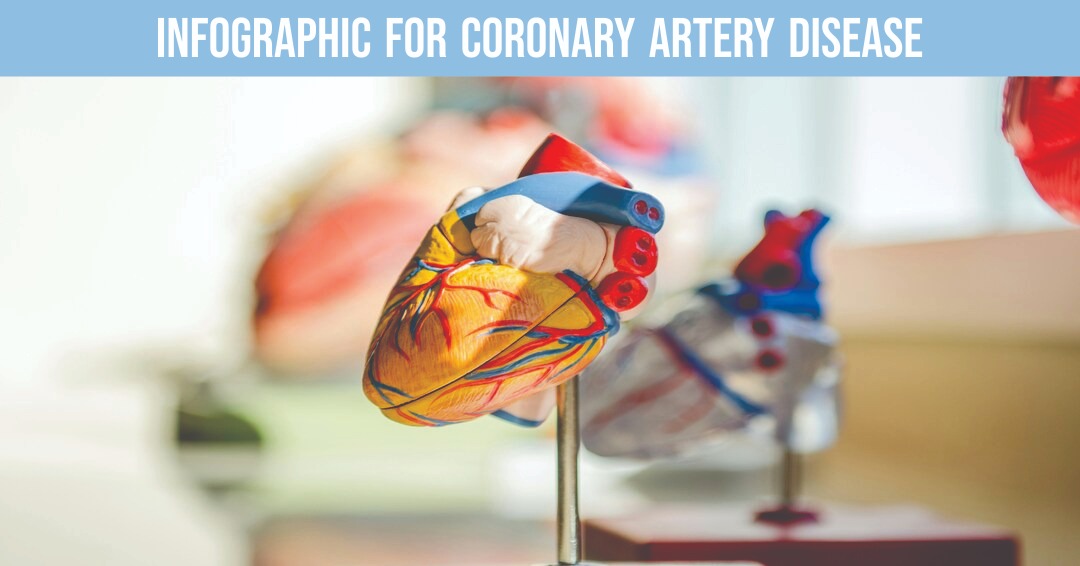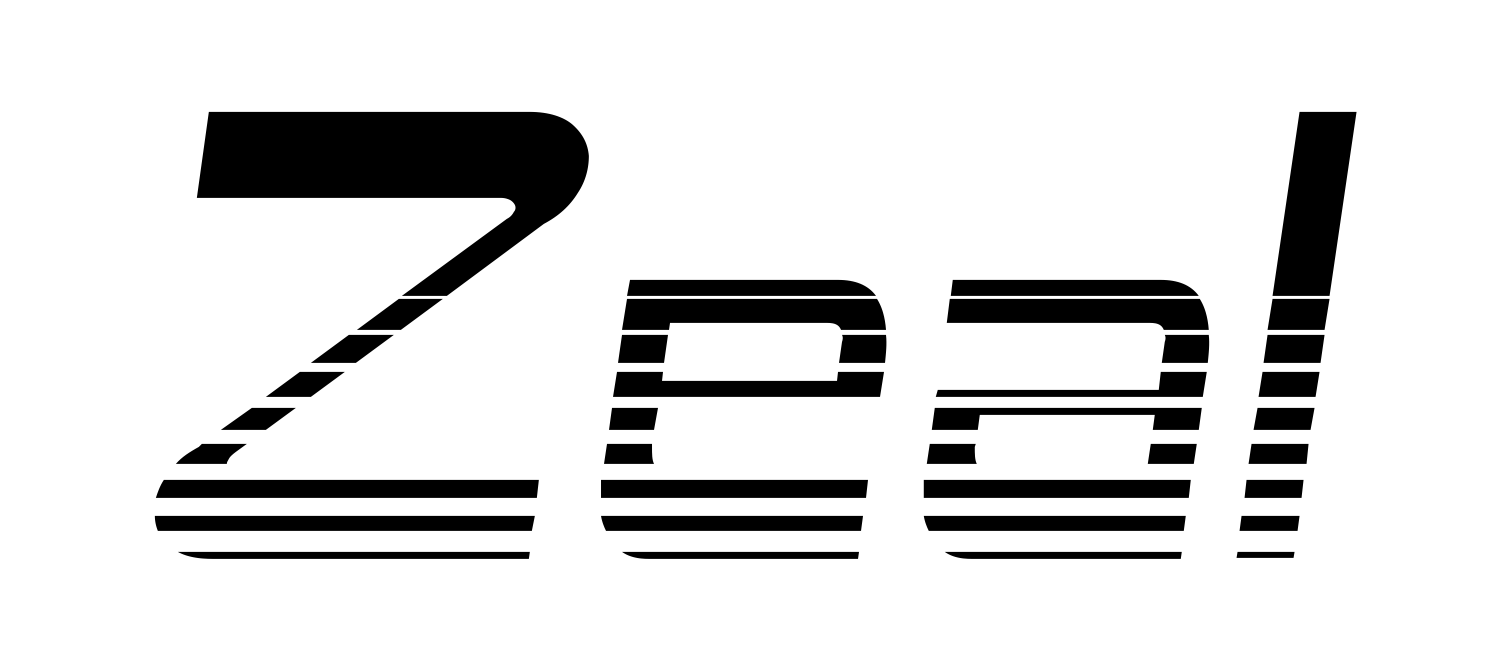Coronary Artery Disease

What is CAD

Symptoms
CAD is hard to identify at the beginning stages. Some people may feel hard heart beats, but that's about it. As the disease gets progresses, you will face chest pain (angina), shortness of breath, extreme fatigue, heart attack, and other symptoms of heart attack. (Mayo clinic, 2022)
Genetic Compenent
If you have a family history of heart diseases, you are more likely to get CAD. (Burlaton, 1991). You are at highest risk if your parent or sibling got heart disease at an early age (under 65 for father or brother and under 55 for mother or sister). About 1 in 20 adults who are over 20 have CAD. (CDC, 2023)
How does CAD present?
Youll start to notice chest pain and shortness of breath. If you have health conditions like cholesterol and diabetes, or you eat a lot of fatty foods it can better confirm that you have CAD.
How does CAD spread?
If the heart is unable to pump blood properly, the fluid can start building up in your kidneys and lungs. If the kidneys dont receive oxygenrich blood then it can disrupt the normal cycle of water and waste in the kidneys. (Jackson, n.d.)
Pathophysiology of CAD
When you eat a lot of fatty foods, or have cholesterol, you will start to have a plaque build-up in your arteries from the cholesterol deposits. The beginning stages of this plaque build-up (Also known as atherosclerosis) is also called angina and it causes chest pain and shortness of breath. This happens because the heart is not able to pump as much blood as before, and now is struggling to get enough oxygen to your lungs as well. During the late stages of atherosclerosis, your coronary arteries fully close due to the plaque buildup. Because of this the heart is unable to receive blood and therefore leads to a heart attack. (CDC, 2021)
Homeostasis
During heart disease like CAD, the heart is unable to flow enough blood to the body. This decreases the blood pressure. Because of this homeostasis and feedback loops will kick in and try to bring the blood pressure back to normal. (Labxchange, 2022)
Digestive System
The hearts job is to pump the blood. This blood then travels to other organs in the body such as the kidneys. If you have CAD the heart wont be able to pump enough oxygen-rich blood for all the organs in your body. Lack of Oxygen-rich blood in your kidneys can disrupt the kidney function and affect the digestive system (Jackson, n.d.)
Respiratory system
CAD affects the blood flow to your lungs. This can affect how much oxygen-rich blood you are getting from your lungs. It can also cause shortness of breath. (Jackson, n.d.)
Treatments
Angioplasty
What is itAngioplasty is a procedure that can be done to unblock coronary arteries. In this procedure, the doctors insert a long thin tube (catheter) into a blood vessel. They then guide it to the blocked artery. There is a small balloon at the tip of the catheter. When the catheter has reached the blocked artery, the balloon is blown at the narrow area of the artery. As the balloon inflates, it presses against the plaque making room for more blood flow. After opening the artery, they insert a stent to avoid the artery from closing again. The stent lines with the tissue in about 3-12 months after the procedure. (Hopkins, 2019)
| PROS | CONS |
|---|---|
| Can be performed during life threatening heart attacks | May experience allergic reactio |
| Reduce risk of future stroke | Artery may collapse or close |
| Improve overall kidney function | Blood clots can form inside stents |
Opinon
Keeping the pros and cons in mind, I think this treatment is a good option as their is more chance of success. Also, the cons are not life threatening compared to other treatments.
Angioplasty coronary bypass graft surgery
What is itcoronary bypass graft surgery is a surgery where doctors remove a blood vessel from either your legs, arms, or wrist, and add one end above the blocked artery and the other below. This creates a new passage for the blood to travel in (Hopkins, 2019). After this procedure, it may be beneficial for some patients to go see a physiotherapist. The outcome of physiotherapy will vary from patient to patient (ncbi, 2019).
| PROS | CONS |
|---|---|
| Decreased recovery time | Long term need for breathing machine |
| Decreased inflammation of body tissue | Kidney problems |
| - | Stroke |
Opinon
A coronary bypass graft surgery is a more risky surgery. There are more life changing risks in this surgery compared to the other ones. I would recommend asking my doctor which treatment is best suitable, and if angioplasty is an option, I would take that treatment. Angioplasty has a higher success rate and the risks arent life-threatening.

